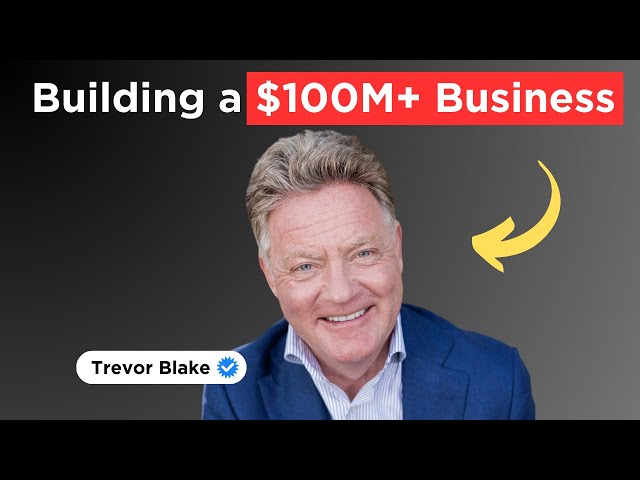The structure of my first company was 100% virtual. When I presented the idea to potential investors, they turned me down because the word virtual had earned a stigma. The word was associated with dot.com companies, and so many had failed in the years before I started mine that no investor could hear the word without visualizing losses.So I changed the term to The Hub Model. I like that word because it described perfectly the plug & play structure of a company that replaces bricks-and-mortar offices and employees with contracted vendors.Even the word hub met with resistance, so today, I use the rather fancy phrase of A Model of Alliances. Investors like that. Sounds grandiose. Sounds intriguing.The purpose of a virtual structure is to allow the founder and others to focus externally on growth and customer experience rather than internally on employees and human resources.Jeff Bezos founded a company called Cadabra in 1994 after leaving his financial services job and making a cross-country drive from New York to Seattle, writing up the business plan on the way. Originally the online bookstore business was based out of his garage in his Bellevue, Washington home. His website went live as amazon.com in 1995, and called that only because he and his advisors came from the medieval business world of pre-internet and thought in terms of list position in the telephone Yellow Pages. Having a business name starting with the letter A meant getting listed first. That is why so many small businesses are called Ace or Acme.A businessman by the name of Nick Hanauer believed in Bezos’ idea and decided to invest $40,000 in the venture. When Amazon first decided to go online, the site looked very plain to most visitors, causing the business to start out on shaky ground. A man by the name of Tom Alburg decided to invest $100,000 in Amazon in 1995, which helped the company fund a better-looking website and hosting capabilities.When people began purchasing books from Amazon, Bezos was in awe that he had customers from all over the country, not just Washington State. Bezos decided that he had to create more than just a bookstore if he wanted customers to return. He added the option of allowing buyers to write their own book reviews, and people began to look at Amazon as more of a virtual community. Jeff Bezos was ahead of me, but when I started my QOL Medical LLC (originally registered as TGB International LLC), I had never heard of Amazon. I still had dial-up Internet and had never bought anything online. I was still unconvinced that subscribing to a browser offered any kind of advantage. I did eventually subscribe with a monthly fee to Netscape, which was all the rage.It took over six years for Amazon.com to become profitable. Even then, the company made only about $5 million in profit out of the revenue of over $1 billion. I was making $12 million in profit from $15 million in sales.Bezos was in no hurry to rake in a profit because he wanted to keep prices low while reinvesting as much revenue as possible back into the company. Patient investors and a carefully constructed cash flow plan were assets.This strategy frustrated some critics in the short term, but it paid off in a big way when Amazon survived the bursting of the dot-com bubble and started posting bigger profits quarter after quarter. They survived long enough to hit their home run.Amazon describes its strategy as: This almost virtual structure is one source of Amazon’s competitive advantage as it externalizes or outsources all non-core activities, allowing management to focus on key strategic issues. Given the Internet’s turbulent environment, Amazon’s virtual structure allows the organization to be more responsive, and it possesses the ability to adjust competencies to the shifting sands of competition.If Amazon believes in the advantages of virtual, then why wouldn’t you and I? Cheers, Trevor




